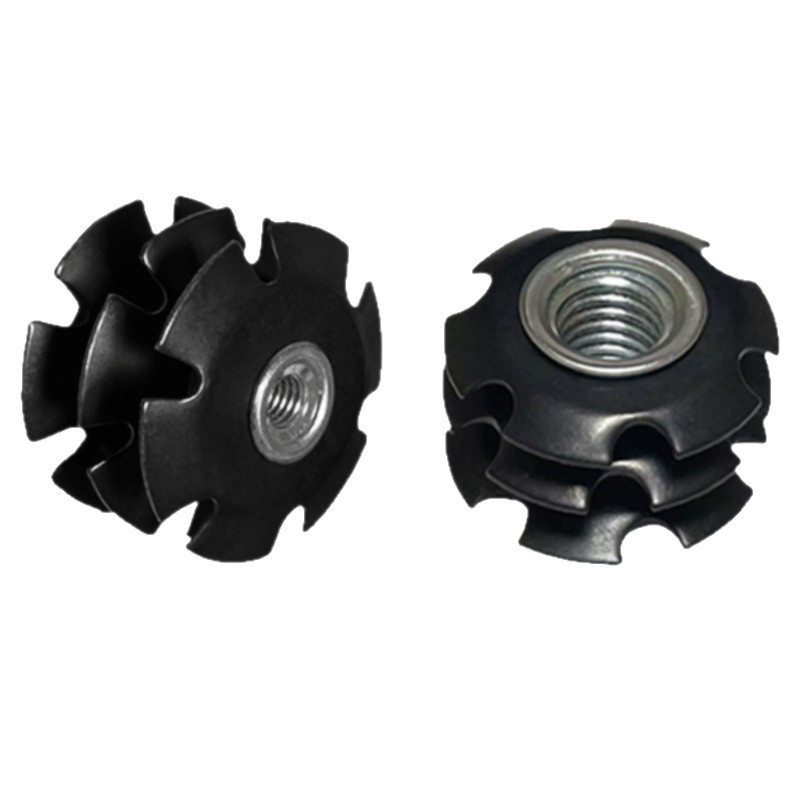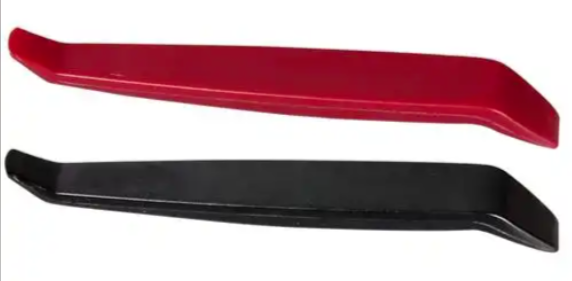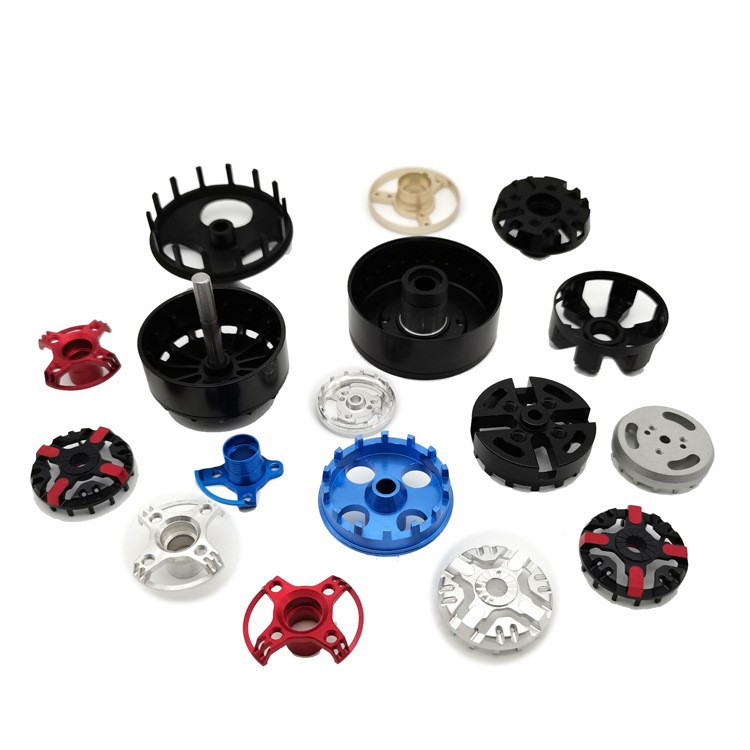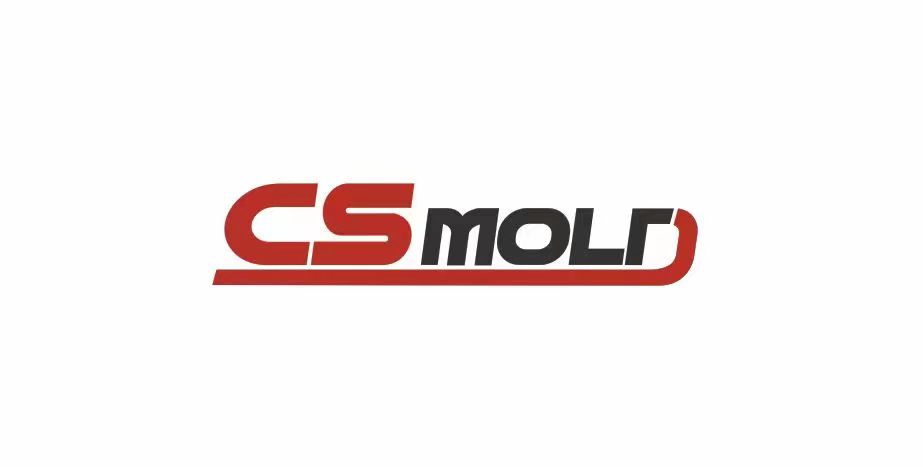
If you’ve ever held a plastic part with a metal screw, a metal pin, or a wire inside—like a phone charger plug or a tool handle—you’ve probably seen insert molding at work. It’s a common but useful manufacturing process, and at CS Molding, we use it to make strong, long-lasting parts for clients worldwide. Let’s break down what insert molding is, how it works, and why it matters—all in simple words.
I.What Exactly Is Insert Molding?
Insert molding is a way to make parts that combine two materials: usually a hard material (like metal, wire, or ceramic) and plastic.
Here’s the basic idea: Instead of making a plastic part first, then gluing or screwing a metal piece into it later (that’s “post-assembly”), we put the metal piece (called an “insert”) into a mold first. Then we inject melted plastic around the insert. When the plastic cools and hardens, it sticks tightly to the insert. The result? One single, strong part—no glue, no loose screws, no extra steps.
II.How Does Insert Molding Work? (4 Simple Steps)
You don’t need to be an expert to understand the process. At CS Molding, we follow these 4 easy steps for every insert molding project:
Step 1: Prepare the Insert
First, we get the insert ready. Inserts are usually small, hard parts—like metal screws, brass pins, or even tiny wires. We clean them to remove dust or oil (dirty inserts won’t stick to plastic well). Sometimes we add small grooves or notches to the insert—this helps the plastic “grip” it tighter, so it never falls out.
Step 2: Put the Insert into the Mold
Next, we place the clean insert into a special mold (the mold is shaped like the final plastic part we want). The mold has small “holders” to keep the insert in the right spot—we can’t let it move, or the plastic will cover it wrong. At CS Molding, we use machines to place inserts precisely (no human error here!).
Step 3: Inject Plastic into the Mold
Then we heat plastic pellets until they melt (like melted wax). We push this melted plastic into the mold, around the insert. The plastic fills every space in the mold, wrapping tightly around the insert. We let it cool for a few minutes—just enough for the plastic to harden.
Step 4: Take Out the Finished Part
Finally, we open the mold and take out the part. It’s one piece: plastic with the insert firmly inside. No need to add anything else—we’re done!
III.Why Choose Insert Molding? (5 Big Benefits)
1.Parts Are Stronger
Glued or screwed parts can break easily. If you pull hard on a glued metal pin, it might come out. But with insert molding, the plastic wraps around the insert like a “lock.”
2.Saves Time (No More Assembly)
Post-assembly takes extra work. If you make 1,000 plastic parts, you need 1,000 metal screws—and someone to screw each one in. Insert molding does it all in one step.
3.Costs Less in the Long Run
Extra assembly means extra workers, extra glue, or extra screws—all cost money. Insert molding eliminates those costs.
4.Fewer Mistakes
Human error happens during assembly: a screw might be loose, glue might be too thin. Insert molding uses machines to place inserts and inject plastic—so every part is the same.
5.More Flexible Design
You can put inserts in places assembly can’t reach. For example, we made a tiny medical part with a metal wire inside—so small, you couldn’t screw a wire into it later. Insert molding let us wrap plastic around the wire, making a part that fits in a doctor’s hand.
IV.What Parts Use Insert Molding? (Common Examples)
Insert molding is everywhere—you probably use parts made this way every day. At CS Molding, we make these for clients:
Electronics: Phone charger plugs (metal pins inside plastic), computer connectors (metal prongs in plastic), remote control buttons (small metal contacts inside).
Tools: Screwdriver handles (metal shafts inside plastic), pliers grips (metal jaws wrapped in plastic).
Automotive: Car door handles (metal inserts for strength), sensor housings (metal wires inside plastic).
Medical: Small device parts (like metal needles in plastic casings) — these need to be super strong and clean, which insert molding does well.
V.CS Molding: Your Insert Molding Partner
At CS Molding, we don’t just do insert molding—we help you pick the right inserts, the right plastic, and the right mold for your part. We’ve worked with clients making everything from electronics to medical tools, and we know how to fix common problems (like inserts moving in the mold or plastic not sticking).
If you’re thinking about making parts that need plastic and metal together, insert molding is probably the best choice. Contact CS Molding today—we’ll walk you through the process, answer your questions, and help you make strong, affordable parts.




